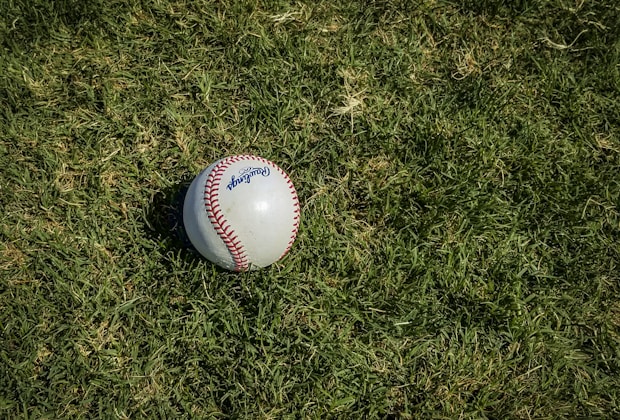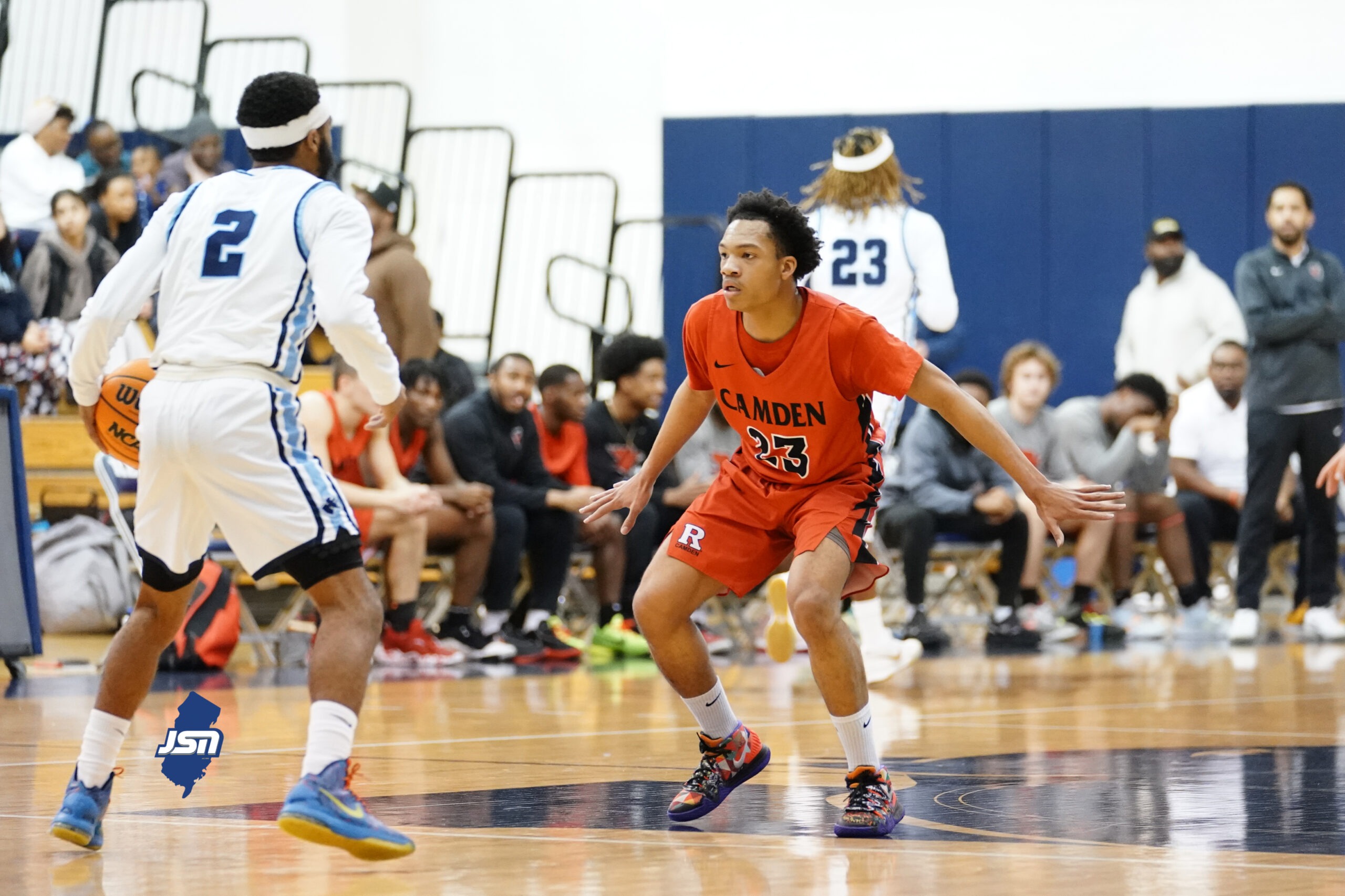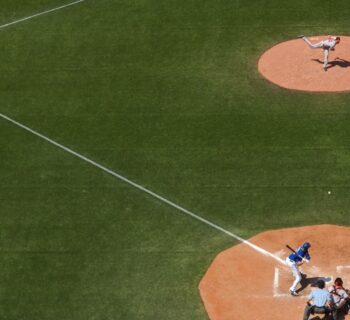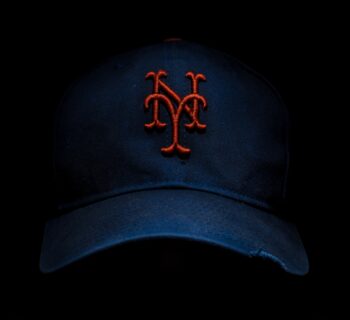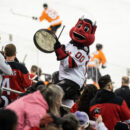The Mets were founded in 1962, meaning there’s only been just over 60 years of suffering despite the countless pain inflicted upon its fanbase. With only five World Series appearances and many more seasons occupying the National League's gutter, it’s never been easy to be a Mets fan. Having the gold standard a few miles west on the Grand Central Parkway and sports talk radio to emphasize that point hasn't helped.
Tabloids and Twitter feeds emphasize the ‘now’, what happened recently and not much more. They don’t allow for much context or background because attention spans don’t have patience to wait and listen to history. But history shows that Mets fans are currently living during one of the franchise’s upswings.
After reaching the World Series in 1973, the timeline tracks downward for the rest of the 1970s and early 80s before a slight bump with the arrival of the two latest Mets to have their numbers retired. Darrly Strawberry and Dwight Gooden are prominent homegrown faces from the 1986 championship team and each will have their moment before the Citi Field faithful, but a mere five years after 1986 and neither player was the same.
Gooden reverted to a serviceable starter for most of the 90s and his most memorable moment is with pinstripes; his no-hitter in 1996 and seeing him lifted by the Yankees never felt right. Just like it didn’t seem right watching Strawberry earn an All-Star nod and MVP votes as a Los Angeles Dodger in 1991 or swing for The Stadium’s short porch in right at the end of the century. Remaining a Met for life didn’t seem possible for either player then and sounds even more ridiculous now. But can you picture David Wright wearing anything but Orange and Blue?
The Captain received 24 votes from the Baseball Writers' Association of America, meaning the best homegrown hitter in Mets history will remain on the Cooperstown ballot for another year. It'll be hard for Wright to earn a plaque like Joe Mauer or Todd Helton, but sticking with one team seemed to help the latest inductees. Maybe it helps Wright as much as his five-year run (2006-2010) as MLB’s best at the Hot Corner.
What hurts is his lack of longevity and the debilitating effects of spinal stenosis that lessened the back half of his career. What hurts are the seasons playing through the pain that diminished his career batting average below .300. Wright finished with 970 runs batted in, which is still over 200 more than Strawberry and 300 more than Mike Piazza, the 2016 HOF inductee with a blue NY cap atop his head. Wright is the career leader in most offensive categories for the Metropolitans, including doubles with 390.
While no one is coming for that record anytime soon, Pete Alonso has an outside chance of passing him for career home runs in 2024. The attention is focused on Strawberry atop the list with 252, but Wright is second at 242. If he stays healthy for one more season, it’s likely the Polar Bear would be chasing the Captain.
Wright was destined to wear Orange and Blue, drafted in the 1st round of the 2001 amateur draft from a high school in Virginia. The Mets still had their Triple-AAA team in Norfolk at the time and three years later, Wright made a brief appearance there before the 21-year old packed his bags for New York. He joined Jose Reyes and Mets fans rightfully assumed the left side of the infield was set for the next decade. The duo played seven years together, making general manager Omar Minaya and manager Willie Randolph look great as the core of four straight winning seasons.
It doesn’t sound like much, but when they follow with six straight losing seasons (2009-2014,) those moments in the sun seem even more bright. When fans think back, they remember the knee-buckling curveball that froze Carlos Beltran in the 2006 National League Championship Series. They forget that Wright hit .311 that year with 40 doubles and 116 RBIs. The following season, the team collapsed down the stretch but not The Captain, who earned his first Gold Glove and a 4th place finish in the NL MVP voting for his only 30 home run-30 stolen bases season.
Yes, for those of you who didn’t see him play, Wright was a threat at the plate and on the bases. He had four straight seasons with over 40 doubles and an OPS over .912, but was still a sure-handed glove at third base until 2011. It was May when a stress fracture in his lower back forced him to spend two months on the disabled list. He returned in a big way in 2012, but the writing was on the wall.
Injuries started to remove his infectious smile from the starting lineup and the fanbase moved on, shifting their attention to the newest influx of young arms. Early on in Wright’s career, it was Pedro Martinez and Tom Glavine on the mound. When Johan Santana pitched the first no-hitter in franchise history, Wright went 2-for-3 with a double. He watched the streaking comet that was R.A. Dickey and in 2015 when the arms of Matt Harvey, Noah Syndergaard and Jacob deGrom pitched the Mets into contention, it was Wright’s memorable return in August that was the cherry atop it all.
https://youtu.be/uTi4NbJ_NSg?si=woMREAVwnWGhT4sr
It was a solo home run in a 16-7 win over the Phillies, but it was so much more. Wright was so much more than just a perennial All-Star, a gap-hitter with power and elite defense at a premium position. He was as close as 21st century fans will get to having their own Tom Seaver and The Franchise didn’t stay in Queens forever.
Wright stayed here for his whole career with a friendly smile; one expected to be bronzed on his first ballot way back when. It’s a shame a bad back took that away but hopefully there’s enough BBWAA writers to keep him on the ballot, allowing Mets fans to remember the best homegrown hitter in franchise history, and that’s the truth.
- Mets 2024 Preview - Get Ready And Be Patient - March 28, 2024
- Edwin Diaz Shines In Spring Debut - March 11, 2024
- Mets notes From spring's first pitch in Florida - February 26, 2024

